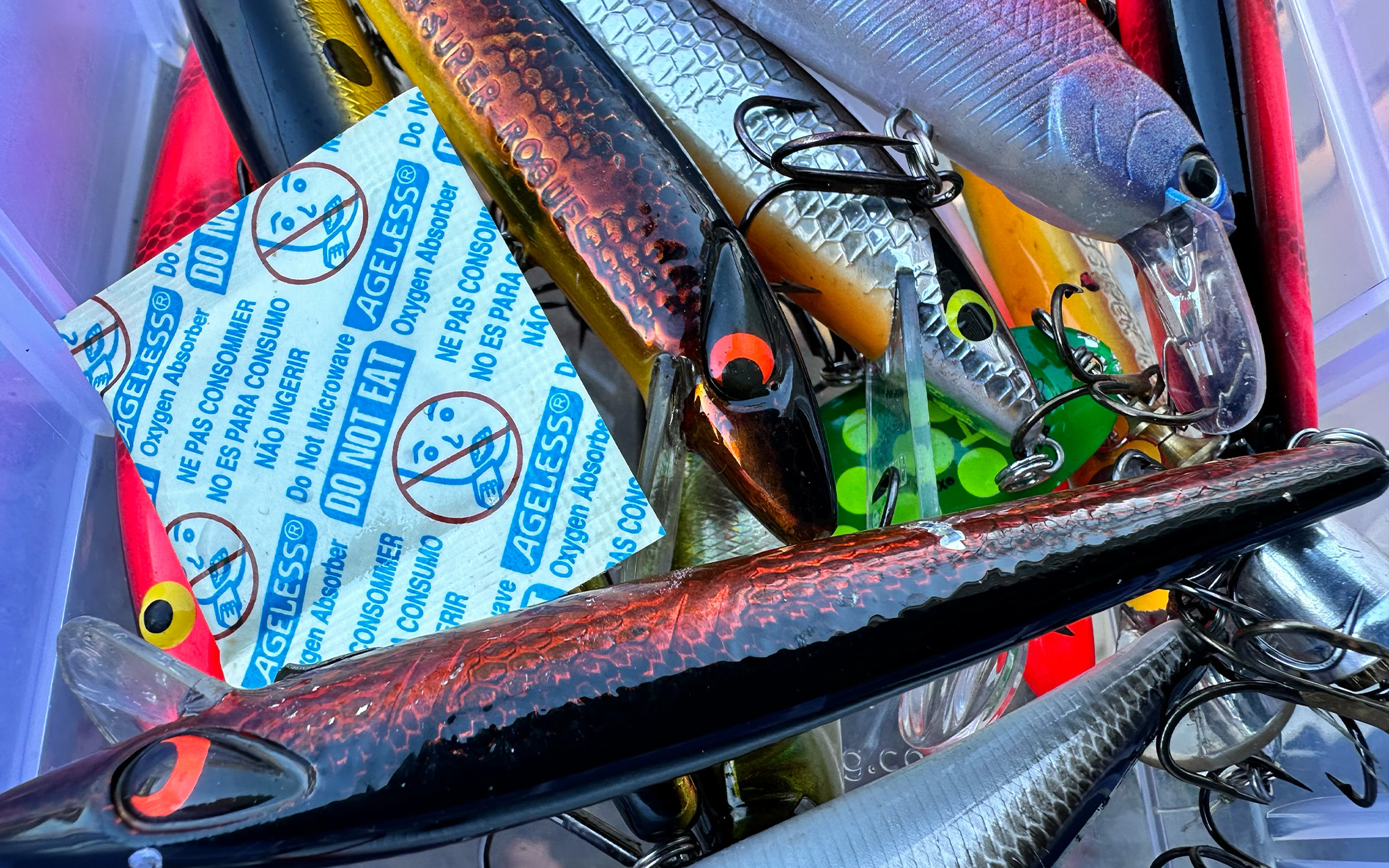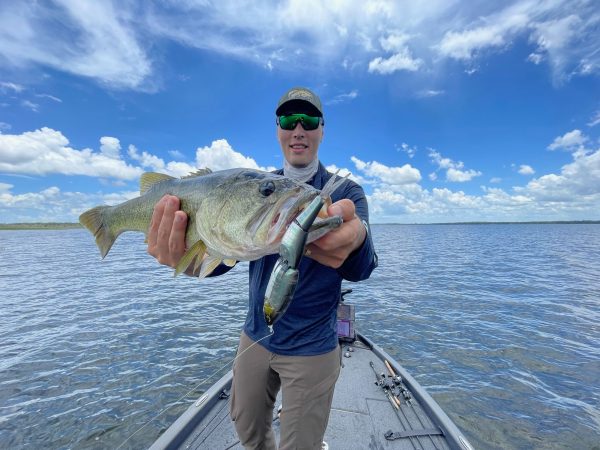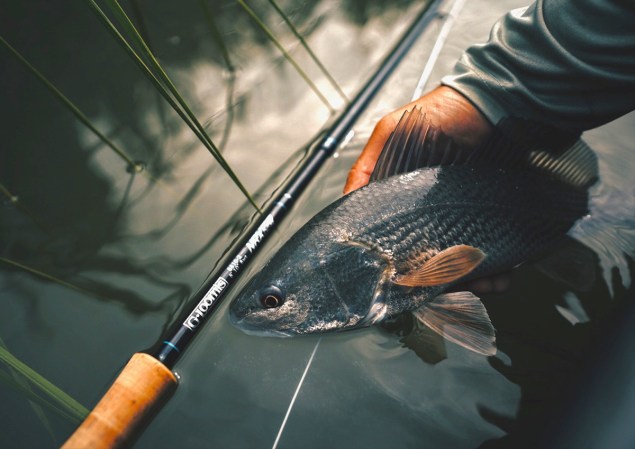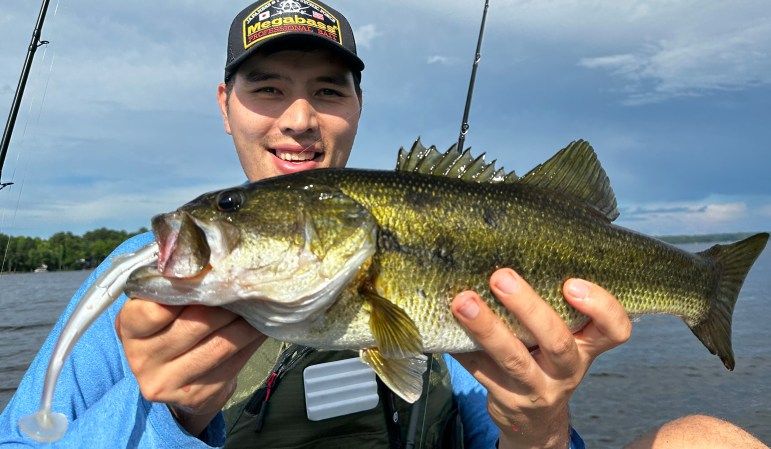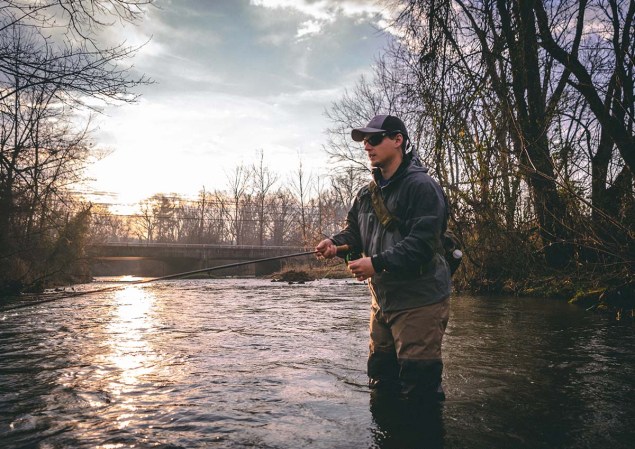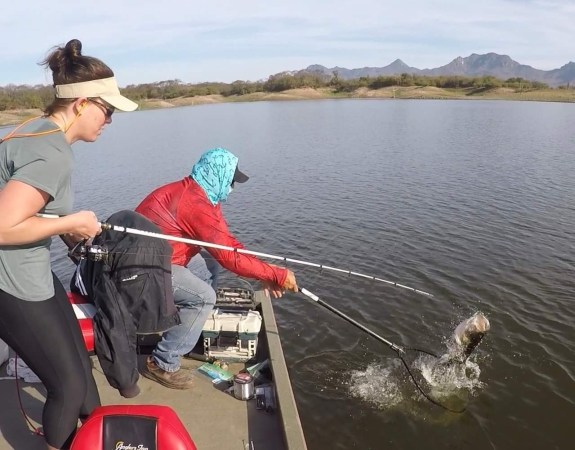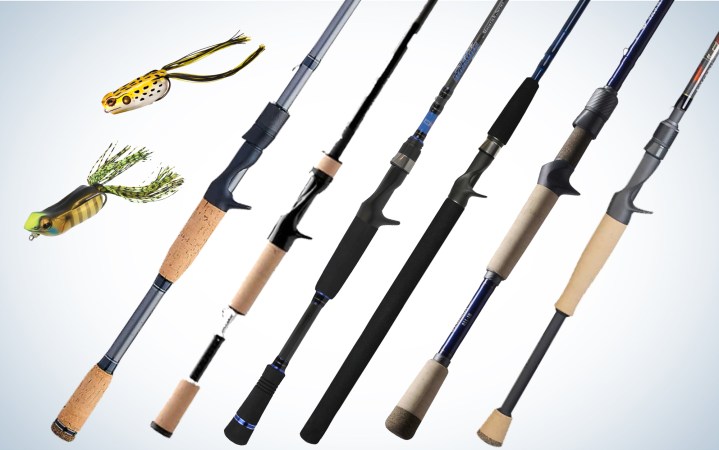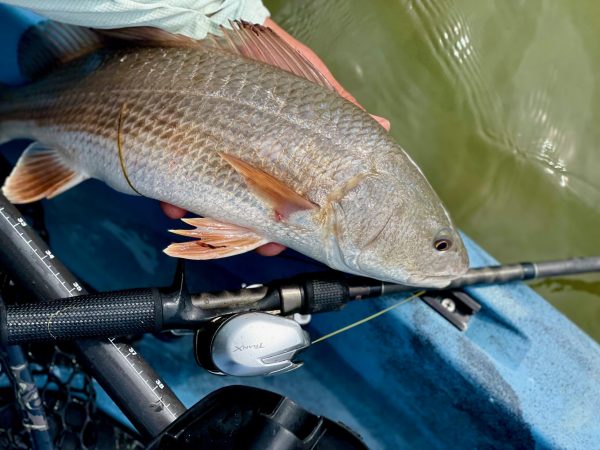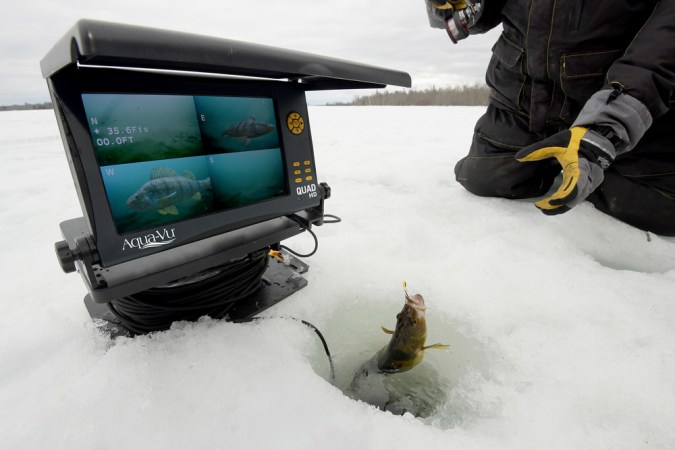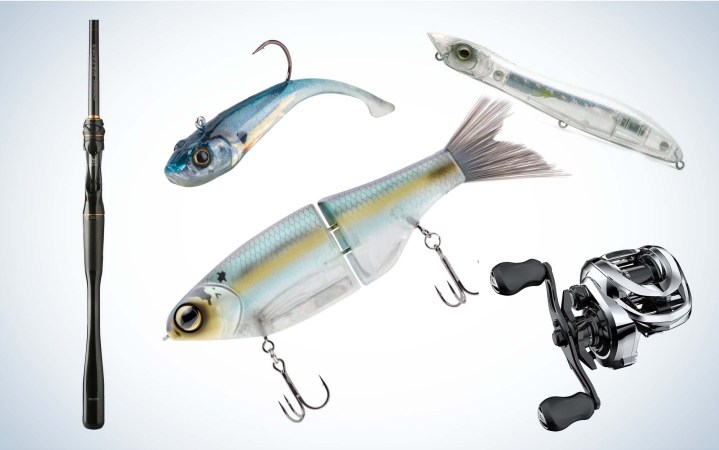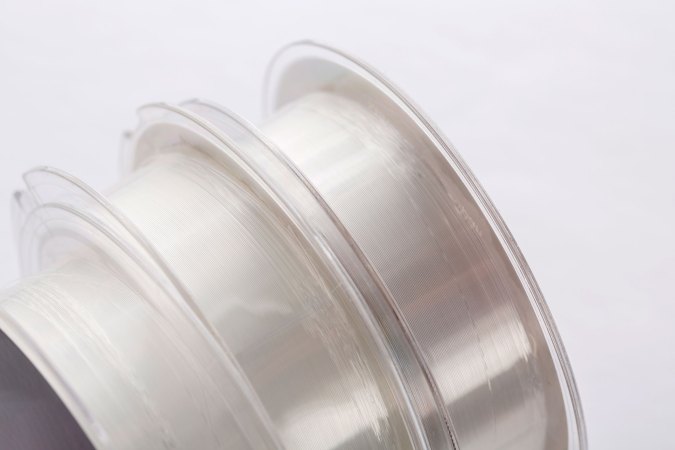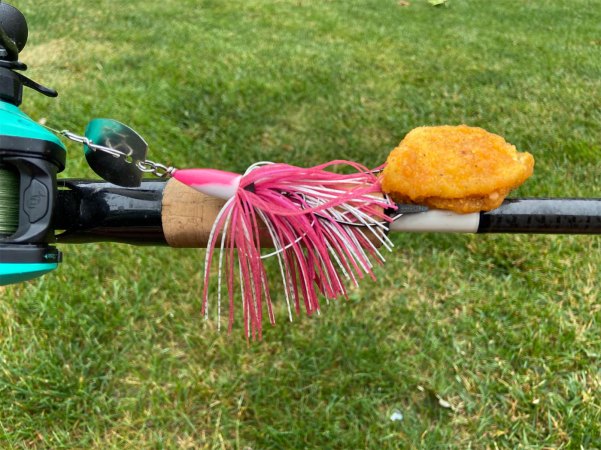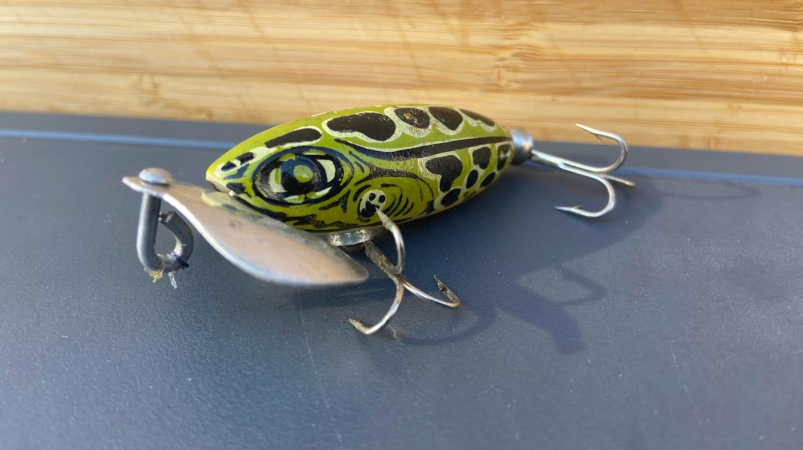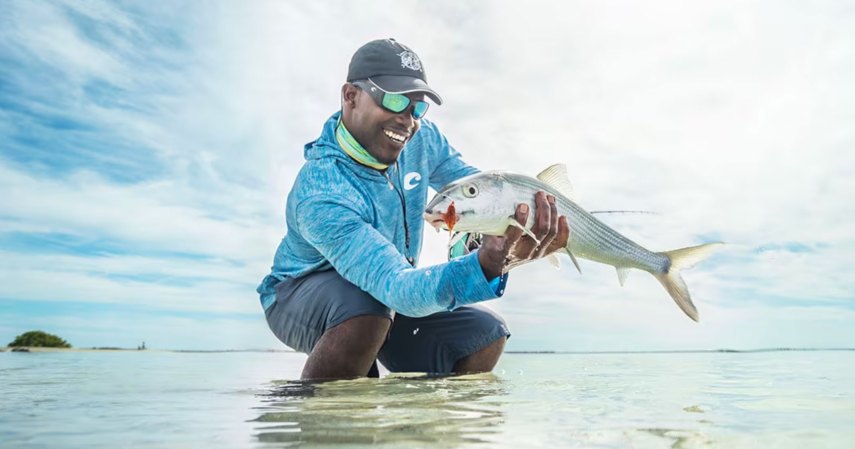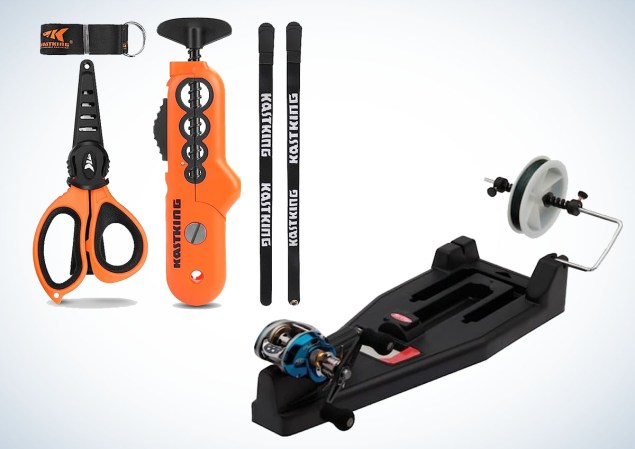We may earn revenue from the products available on this page and participate in affiliate programs. Learn More ›
I’m not particularly easy on my fishing gear, at least not on the water. Rods, reels, and tackle are tools for a job and, in my opinion, shouldn’t be coddled any more than the screwdrivers and hammers at your work bench. But being hard on your gear isn’t the same as being careless with your gear. In fact, many issues with rods, reels, lures, and tackle can be avoided with some simple preventative maintenance—which many anglers simply skip or don’t think about.
By implementing a few of these tricks into your pre- and post-fishing routine, I promise you’ll extended the life of your gear no matter how hard you put it to work when you’re on the boat or wading the river. I’ve also included a few simple hacks you can use to tweak your gear and put more fish in the net.
Save Lures with Beef Jerky
You know those little white packets in bags of beef jerky that read “do not eat?” We’ve all accidentally popped one in our mouths while digging in the bag as we fly down the highway. But while they’re not food, you shouldn’t throw them away. Likewise, if you’ve ever bought a new jacket or backpack and found those small packets of silicone beads in the pockets, don’t toss them either.
The packets in jerky and other foods are designed to absorb oxygen, while the packs of silicone beads absorb moisture. Water and air are key ingredients for creating corrosion on metal—as in rust on your hooks and terminal tackle. By dropping a few of these packs in your tackle trays, you can thwart (or at least slow down) rust and corrosion. Of course, you should never seal up wet lures and flies for long-tern storage. It’s always best to dry them off or let them air dry, but I’d be a hypocrite if I said I never tossed a wet bait back in the tray. Considering the price of jerky these days, at least you’re getting a little more for your money than five to eight shreds of beef.
Shine Metal with Ketchup
Metals spoons are some of the toughest lures around. I have some Hopkins and Kastmasters in my surf bag that have been catching bluefish and striped bass for more than 20 years. Sure, I’ve had to replace hooks and split rings, but as long the bodies keep flashing, those lures will keep getting hammered. And to keep them gleaming for years, all you need is ketchup and a little steel wool.
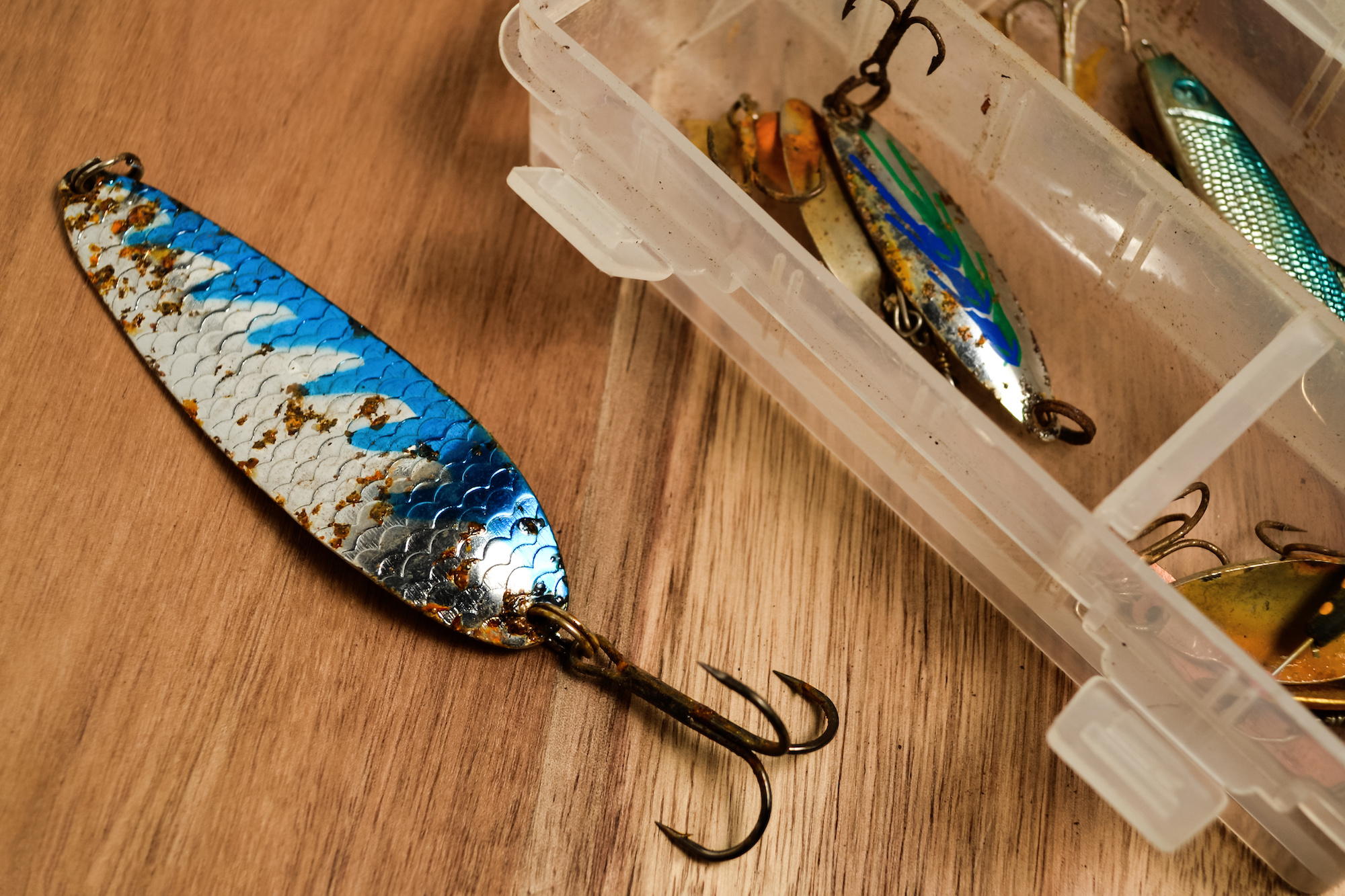
Katy-Mits / Adobe stock
Whether you’re bombing slab spoons in the salt or slow rolling your favorite spinnerbait at the lake, blades and jigs will tarnish over time. Cleaning them with harsh polishes, however, can leave them smelling like chemicals, which fish tend not to like. Acid breaks down tarnish, and there’s just enough in ketchup to restore the shine. When rubbed in with a chunk of steel wool, you can bring any blade or spoon back to life. Just make sure to rinse them well after polishing and never store steel wool in your tackle boxes for quick shines on the water. The small fibers that come loose rust easily, which can lead to other metal in the box rusting more quickly.
Ease the Water Pressure
Rinsing rods and reels that have been used in saltwater with freshwater is a common practice. You don’t want salt to corrode components, but sometimes you can do more harm than good when you wield that dock hose. What many anglers don’t consider is the water pressure they’re using to blast their reels.
Though fishing reels are obviously built to get wet on the exterior, their insides need to stay dry. Higher end reels feature sealed bodies that stop any water at all from getting to the internal gears, but many reels don’t have this protection. By blasting reels at close range and with high pressure, you run the risk of forcing water into the body, and it only takes a tiny amount to cause havoc. If moisture mixes with the grease and oil inside, it can greatly affect performance. Naturally, moisture also leads to corrosion, which could render your reel useless.
Instead of blasting your reels and calling them clean, ease back on the hose throttle and give them a light misting or let the water just dribble over them. Wipe them down with a clean, dry cloth and you’ll greatly extended the life of your reels.
Long Live Your Salty Fly Line
Maybe you cast clousers at stripers in Massachusetts. Or maybe you fling shrimp patterns at redfish in Louisiana. Regardless, fly line isn’t cheap, so it requires a little extra care when your day is done. The coating on fly line is slightly porous, which means it won’t shed water quite as effectively as monofilament or fluorocarbon. In freshwater environments this is no big deal, but in saltwater, allowing your fly line to stay slathered in brine while being stored can speed up the degradation process. And if your fly line gets crusty, you won’t be able to make those smooth, beautiful casts to tailing bonefish 40 feet away.
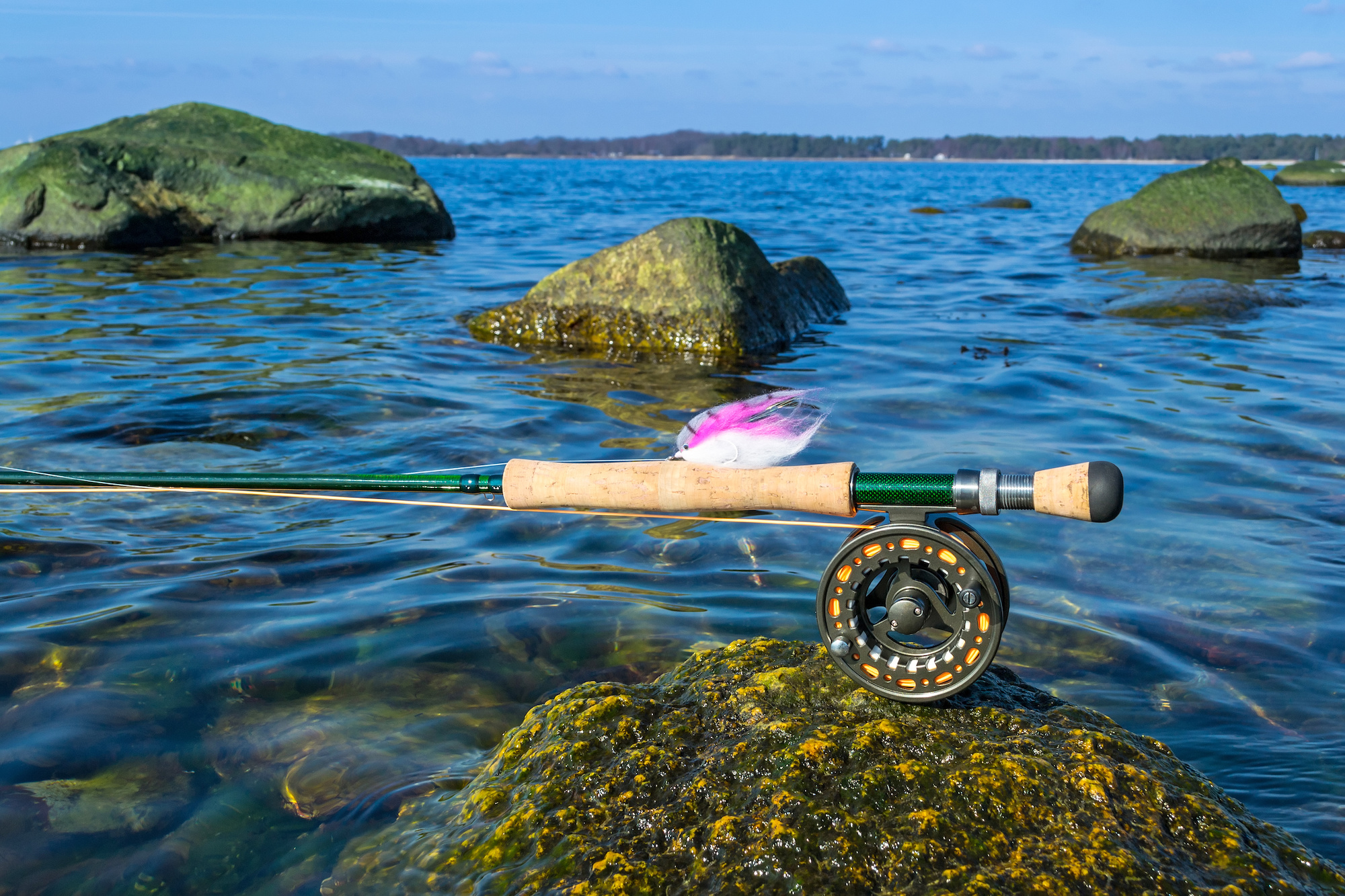
Piotr Wawrzyniuk
Most anglers just rinse their fly reels off with freshwater, but that water may not penetrate and flush the coils of thick line on the spool. What you should do instead is strip off approximately as much line as you think touched the water onto the dock, driveway, or grass. Mist that loose line with the hose to ensure it’s fully rinsed, then let it air dry before winding it back on the reel for storage.
Nail More Fish with Holograms
A few months ago, a listener of my podcast surprised me with a jar of Color Club Holographic nail polish. All his note read was: “Trust me.” I was skeptical at first, but just to see what all the fuss was about, I used it to add stripes to a few hard jerkbaits in my arsenal. I’ve since used up the entire bottle.
When first applied, this nail polish isn’t too impressive but, sure enough, upon drying it creates a vivid hologram effect that reflects every color of the rainbow depending on how the light is hitting it. I’ve used it to customize everything from weighted fly heads to shad spoons and have been blown away by how much it increases flash. It’s a small investment that can turn lures you already love into true secret weapons with a little dab or a completely new paint job.
Stay Dry with Car Cleaner
These days anglers have many options when it comes to rain gear. Materials like GORE-TEX are comfortable and breathable, but they will lose their water resistance over time. That’s why you rarely see commercial fishermen wearing anything other than PVC bibs and jackets. While this material is heavier and restricts mobility more, the bottom line is it keeps you drier than anything else. But you still have to take care of it.
The problem with PVC rain gear is that it will crack if it dries out, thereby losing its water resistance. If your PVC rain gear is splashed with saltwater, it’s critical that you rinse it with freshwater at the end of the day. And even if you’re just out in the rain, never store your PVC gear in a ball or pile. Always dry it with a clean cloth and hang it if possible.
If you really want to extend the life of your PVC bibs and jackets, after cleaning and right before storage, wipe it down with a light coating of Armor All. This auto care product has been hydrating and restoring dashboards and vinyl trim for decades, and it’ll do a fine job of keeping your rain gear in good shape, too.
Back Off That Drag
When you tighten the drag on a spinning reel or baitcaster, pressure is added through compression. A series of disks, springs, and washers is pressed against the spool to increase friction. If you never ease that tension, however, it could shorten the life of your reel.
To put it in perspective, if you were to take a rubber band and stretch and loosen it over and over, it will last for a pretty long time. Conversely, if you stretch a rubber band to the max and keep it under tension, the fibers will degrade and weaken much faster. It’s the same principle with a reel’s drag. So, when you’re storing your reels off the water, make the effort to loosen them to reduce all compression and friction. Reels stored with their drags tightened down can become prone to “hiccupping” or slow start-up because the internal components never get a chance to “relax.”
Toe the Dark Line
Most of the time when you’re fishing with braided line, you’re using a monofilament or fluorocarbon leader. There are, of course, certain fishing scenarios when tying lures directly to braid is common. When throwing frogs for bass or punching thick weed mats with heavy jigs, as examples, tying directly to braid ensures a better hook set and provides the stretch-free power to rip big fish out of heavy cover. Nowadays, though, braided lines come in a huge variety of colors, so if you’re worried about those bass seeing that chartreuse or yellow line when you’re frogging, here’s a simple solution.
Get a thick, black Sharpie marker and cut a very shallow groove in the tip with a razor blade or utility knife. Keep this marker in your tackle bag, and just before sending out a frog or flipping jig, stick your braid in the groove at the tip and run it down the first 3 to 5 feet of line.
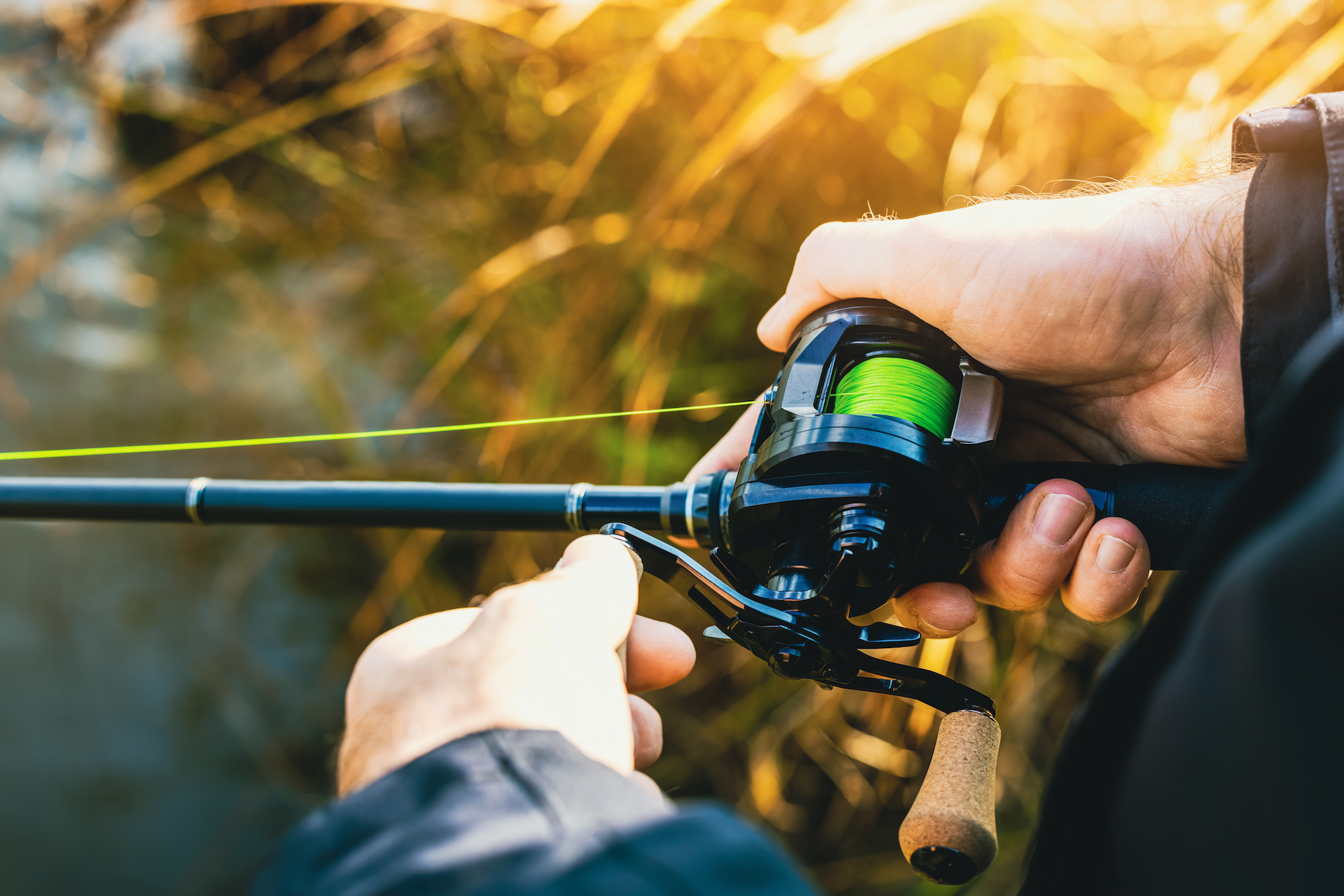
ronstik / Adobe stock
Darkening your braid will help it stand out much less to the fish, but you’ll still maintain the advantage of high-vis line above the water so you can see any subtle twitch or stop as you work your lure.
Avoid Wader Funk
The smell emanating from inside of chest waders can be absolutely vile. When you understand that it’s a product of bacteria, it’s even more gross. Despite popular belief, it’s not farting in your waders that makes them reek long term, but rather sweating. Even in the cold months, if you’re putting on base layers and walking a few miles, your waders can be destined for a putrid state. Luckily, this is easily avoidable.
Whether I’m certain my legs got sweaty or not, I always turn my waders inside out when I return home from fishing. I’ll get a small bucket of warm water and spray in a couple dashes of disinfectant like Lysol spray. Never use bleach, and always dilute the disinfectant in water, as spraying it directly on the wader material can cause it to degrade more quickly.
Read Next: The Best Waders of 2023, Tested and Reviewed
After a wipe down, I’ll let me waders dry inside out. If it’s warm outside, the garage will do; if it’s cold I’ll bring them in the house. I totally understand that after a long day of fishing you’re tired. You just want to hang them on the peg and hit the couch, but making this effort has greatly extended the life of my breathable waders—some of which got so stinky in my younger days that I was banned from riding in friends’ cars and eventually just had to toss them because they were biohazards.
Stop Snap-Offs with Pantyhose
Have you ever fired off a cast and had your line snap for seemingly no reason? Maybe you’ve set the hook on a fish and your line parted so easily it was like it touched a flame. When these things happen, it’s often because there’s a chip in one of the ceramic guide inserts on your rod. When chips occur, they create a razor-sharp edge. The problem is these chips can be so small you don’t even notice them—until you’re on the water and start losing lures and fish.
The easy way to avoid this is with a pair of pantyhose. When you’re gathering your gear the night before a fishing trip, take a cut piece of the pantyhose and thread it between each guide on the rods you intended to use. Pull it tight and move it back and forth within the guide. Any chip will catch on the material, thus alerting you that you need to grab a different rod and take that one to the repair shop for a new guide.

